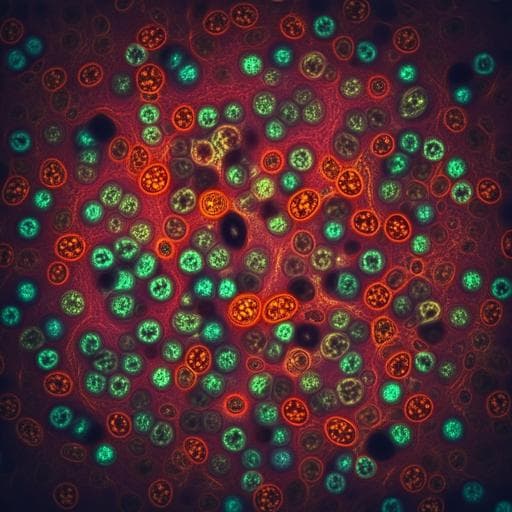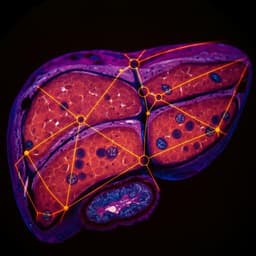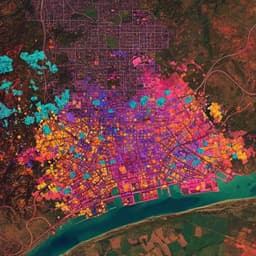
Medicine and Health
Deep learning-based virtual H&E staining from label-free autofluorescence lifetime images
Q. Wang, A. R. Akram, et al.
This groundbreaking research by Qiang Wang, Ahsan R. Akram, David A. Dorward, Sophie Talas, Basil Monks, Chee Thum, James R. Hopgood, Malihe Javid, and Marta Vallejos introduces a deep learning approach for producing virtual H&E stained images from label-free FLIM images. The results showcase improved accuracy in interpreting cellular structures, potentially revolutionizing tissue histology in cancer diagnostics.
~3 min • Beginner • English
Related Publications
Explore these studies to deepen your understanding of the subject.







